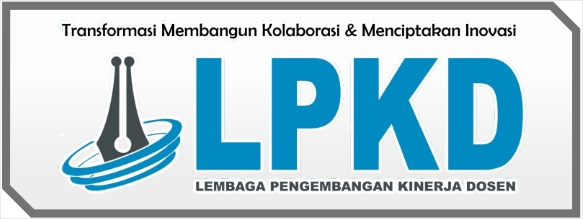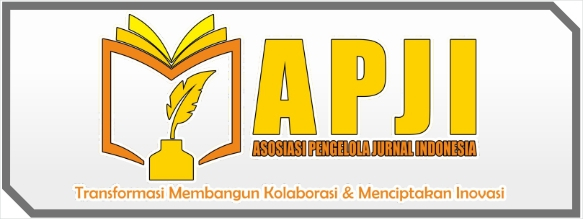PENGARUH SIMULATION-BASED LEARNING TERHADAP CRITICAL THINKING MAHASISWA KEPERAWATAN
DOI:
https://doi.org/10.59581/diagnosa-widyakarya.v1i1.678Keywords:
simulation-based learning, critical thinking, higher education, and learning methodsAbstract
The challenges of the 21st century nursing world demand that nursing educators be able to prepare future nurses who can adapt to changes in the health care system, new technologies, changes in information systems (computerized), changes in pharmacological therapy, increased workload for nurses, increased infectious diseases in the community. , increasing cases of antibiotic-resistant infections, increasing aging population, and increasing number of chronic and co-morbid conditions (Aiken, Clarke, Cheung, Sloane, & Silber, 2003). Nurse educators are responsible for preparing graduates who can adapt to this rapidly changing health system. The simulation learning strategy is proposed as a suitable method to overcome this problem and can bridge the gap between education and clinical practice in hospitals.
This literature search aims to analyze the results of related research that focuses on the effect of Simulation-Based Learning on the critical thinking of nursing students. This study was conducted using the review method of research results from 2010 – 2020 which have been published in electronic media such as ProQuest, Pubmed, and CINAHL. The number of journals obtained was 10 journals and 6 of them met the criteria. The conclusion of the research results obtained was that simulation is an interactive teaching-learning process, learning knowledge about critical care from a simulation of real patient situations, learning clinical skills and presenting holistic patient care by playing a role , and bridging the theory-practice gap to enhance critical thinking. In addition, simulations can hone critical thinking skills through feedback from simulators and monitor displays, develop communication skills through teamwork, and improve task delegation skills in complex situations.
References
Goodstone, L., Goodstone, M. S., Cino, K., Glaser, C. A., Kupferman, K., & Dember-Neal, T. (2013). Effect of simulation on the development of critical thinking in associate degree nursing students. Nursing Education Perspectives, 34(3), 159-62. Retrieved from http://search.proquest.com/docview/1370894882?accountid=48290.
Kaddoura, M.A. (2010). New graduate nurses' perceptions of the effects of clinical simulation on their critical thinking, learning, and confidence. The Journal of Continuing Education in Nursing, 41(11), 506-16. doi:http://dx.doi.org/10.3928/00220124-20100701-02.
Maneval, R., Fowler, K.A., Kays, J.A., Boyd, T.M., Shuey, J., Harne-Britner, S., & Mastrine, C. (2012). The effect of high-fidelity patient simulation on the critical thinking and clinical decision-making skills of new graduate nurses. The Journal of Continuing Education in Nursing, 43(3), 125-134. doi:http://dx.doi.org/10.3928/00220124-20111101-02.
Melenovich, P. G. (2012). Critical thinking: The impact of additional human patient simulation experiences (3499689). Available from ProQuest Nursing & Allied Health Source. (945728187). Retrieved from http://search.proquest.com/docview/945728187?accountid=48290.
Meyer, R. A. (2012). Assessment of the impact of integrated simulation on critical thinking and clinical judgment in nursing instruction (3554006). Available from ProQuest Nursing & Allied Health Source. (1315240002). Retrieved from http://search.proquest.com/docview/1315240002?accountid=48290.
Olga Chernikova, Nicole Heitzmann, Matthias Stadler, Doris Holzberger, Tina Seidel, dan Frank Fischer (2020). Simulation-Based Learning in higher Education: A Meta-Analysis. Available from Review of Educational Research August 2020, Vol. 90, No. 4, pp. 499–541 DOI:https://doi.org/10.3102/0034654320933544.













